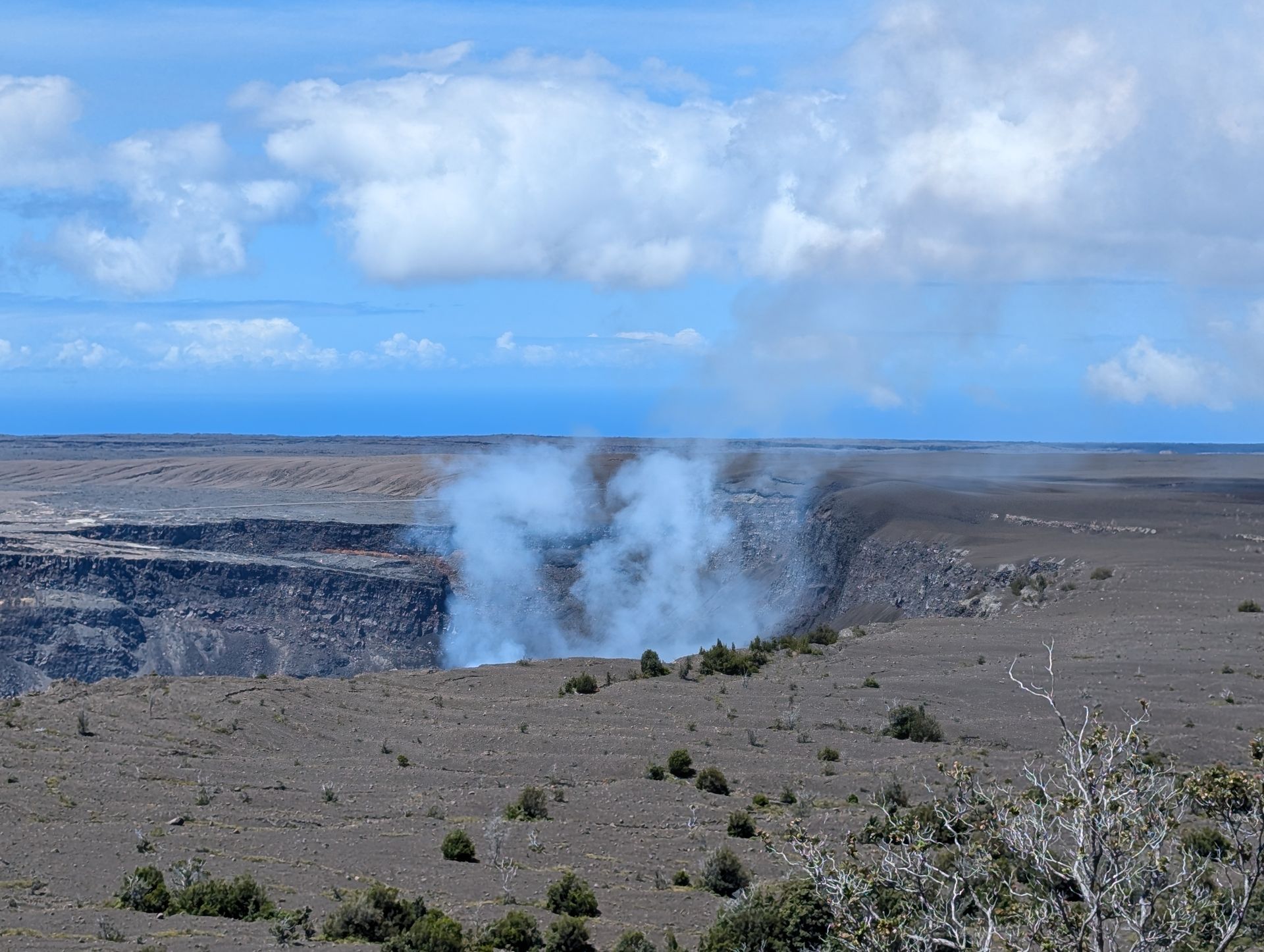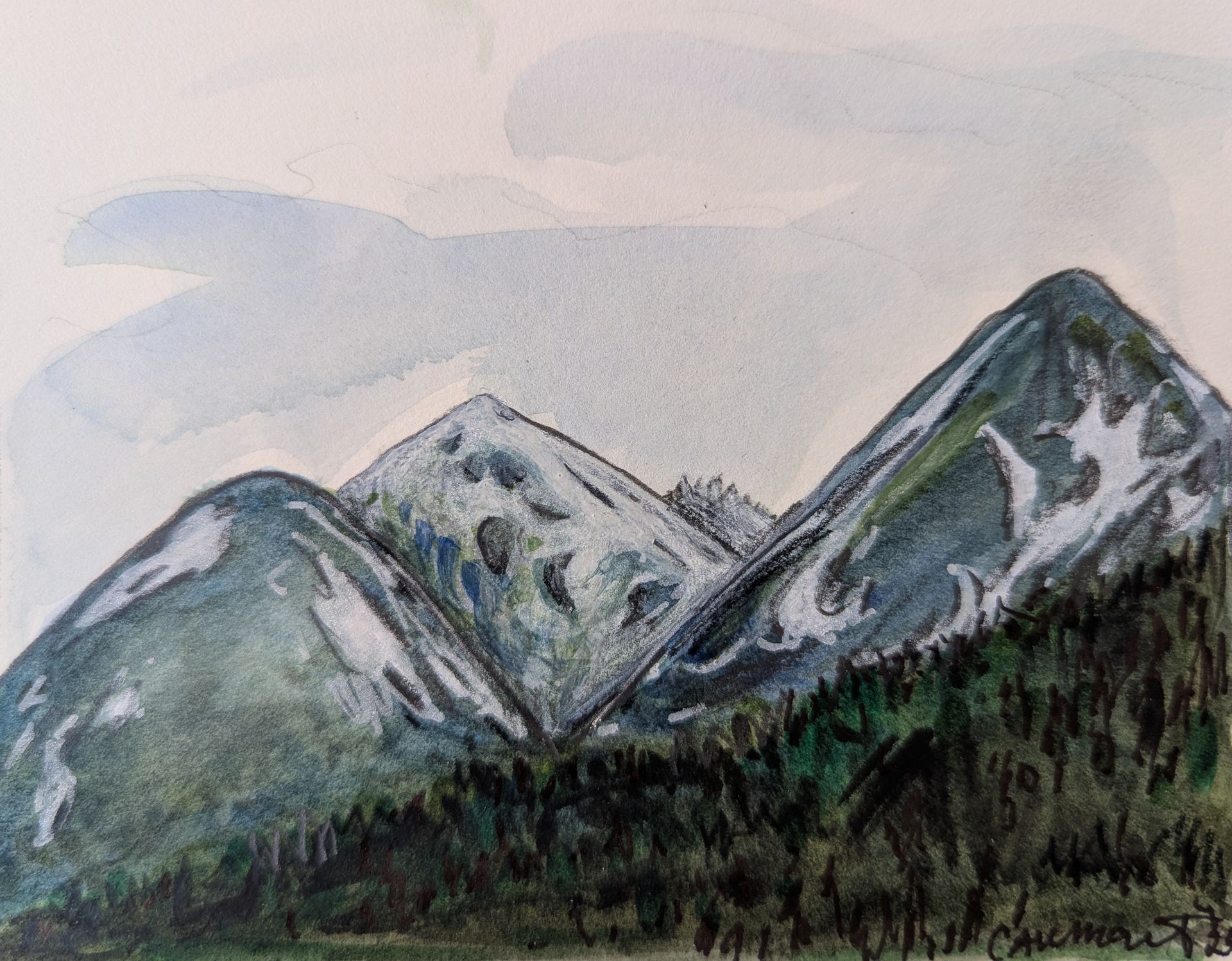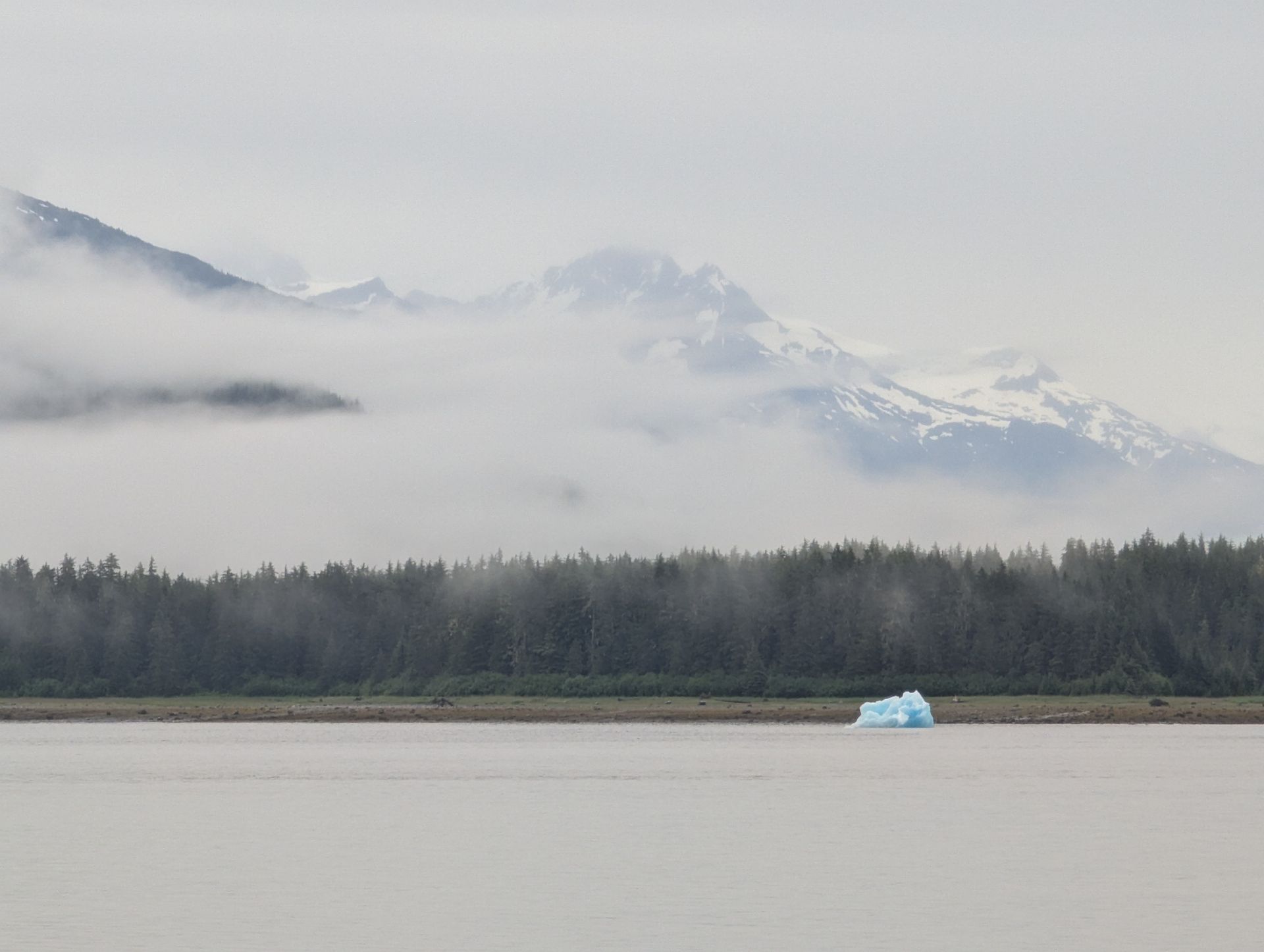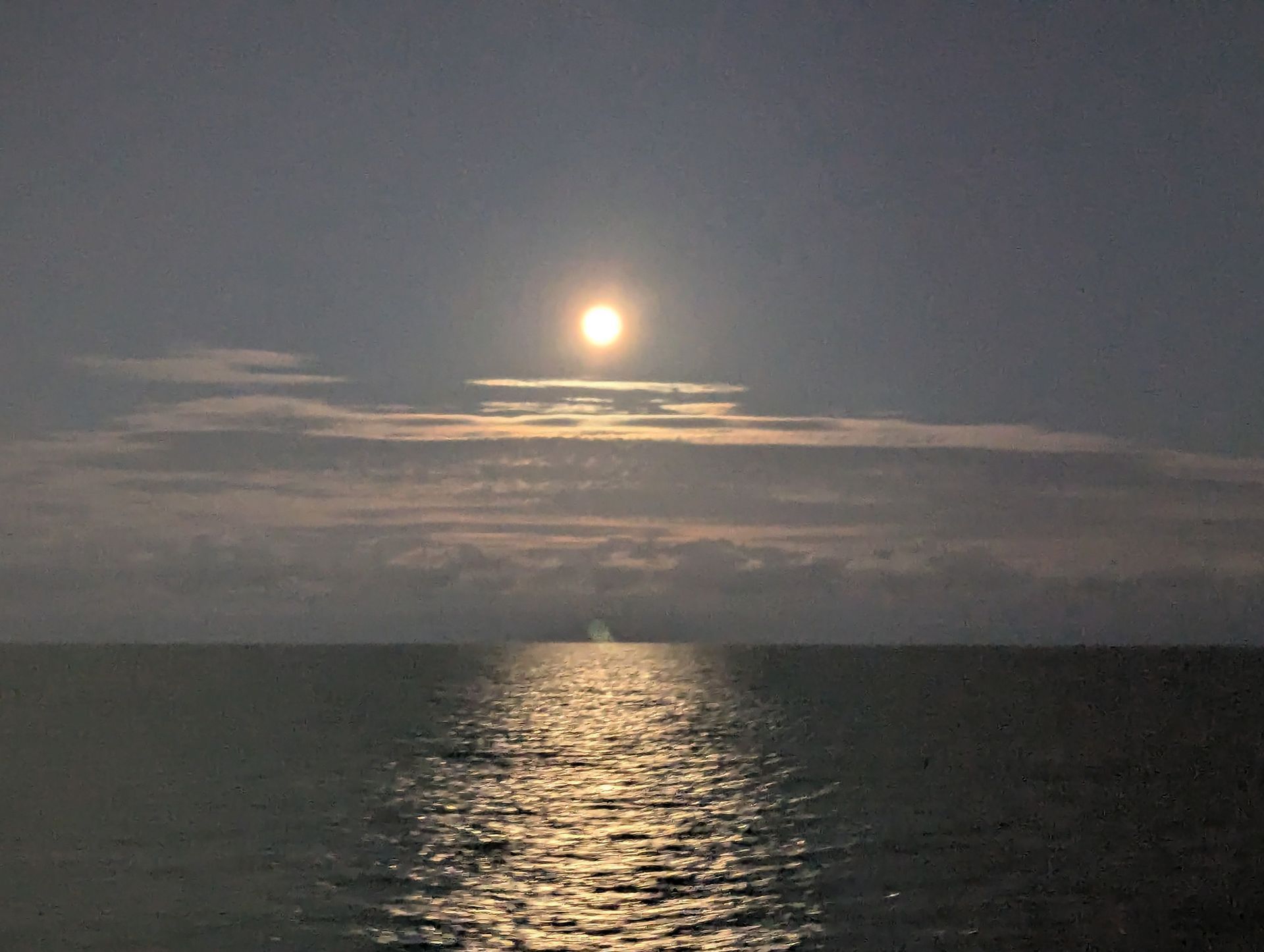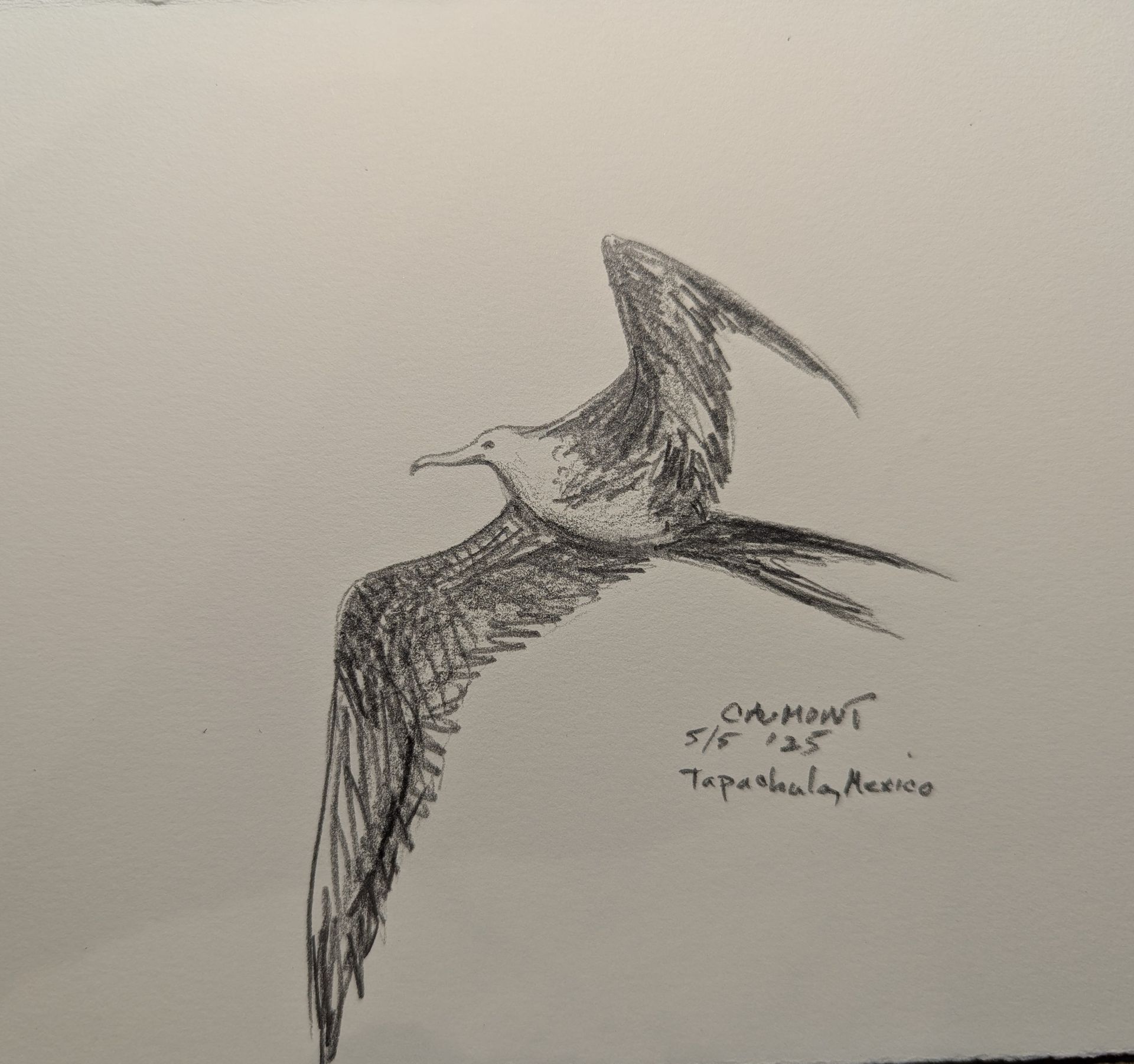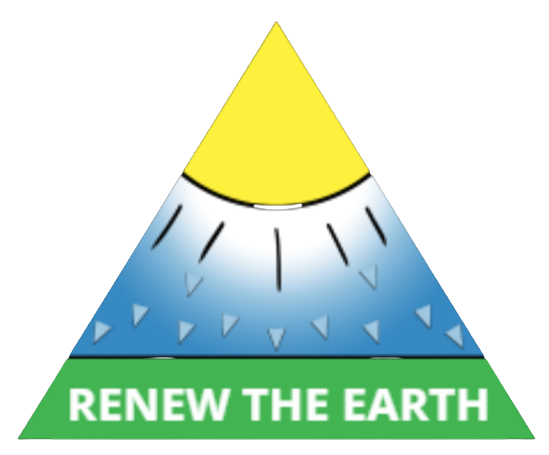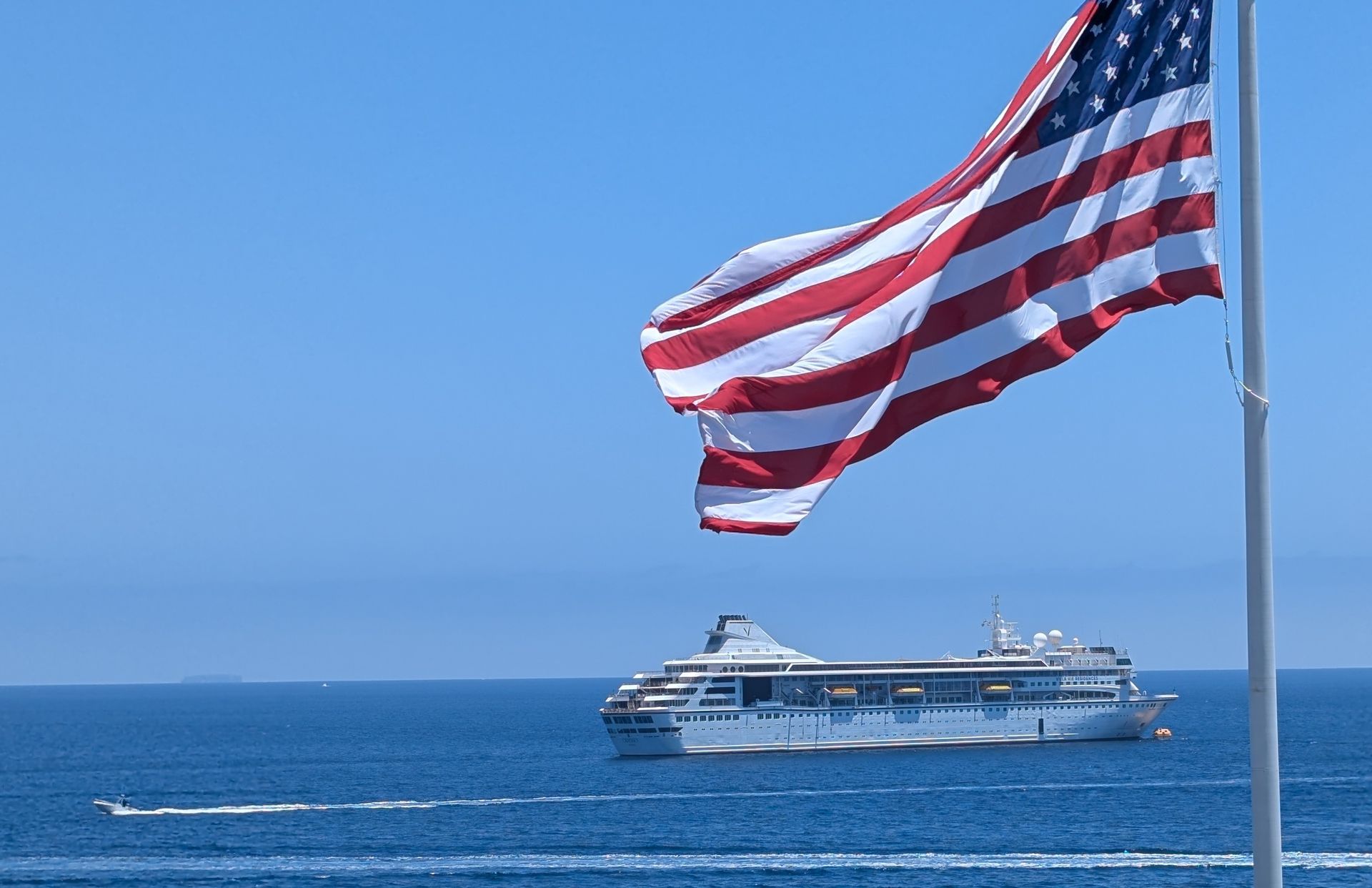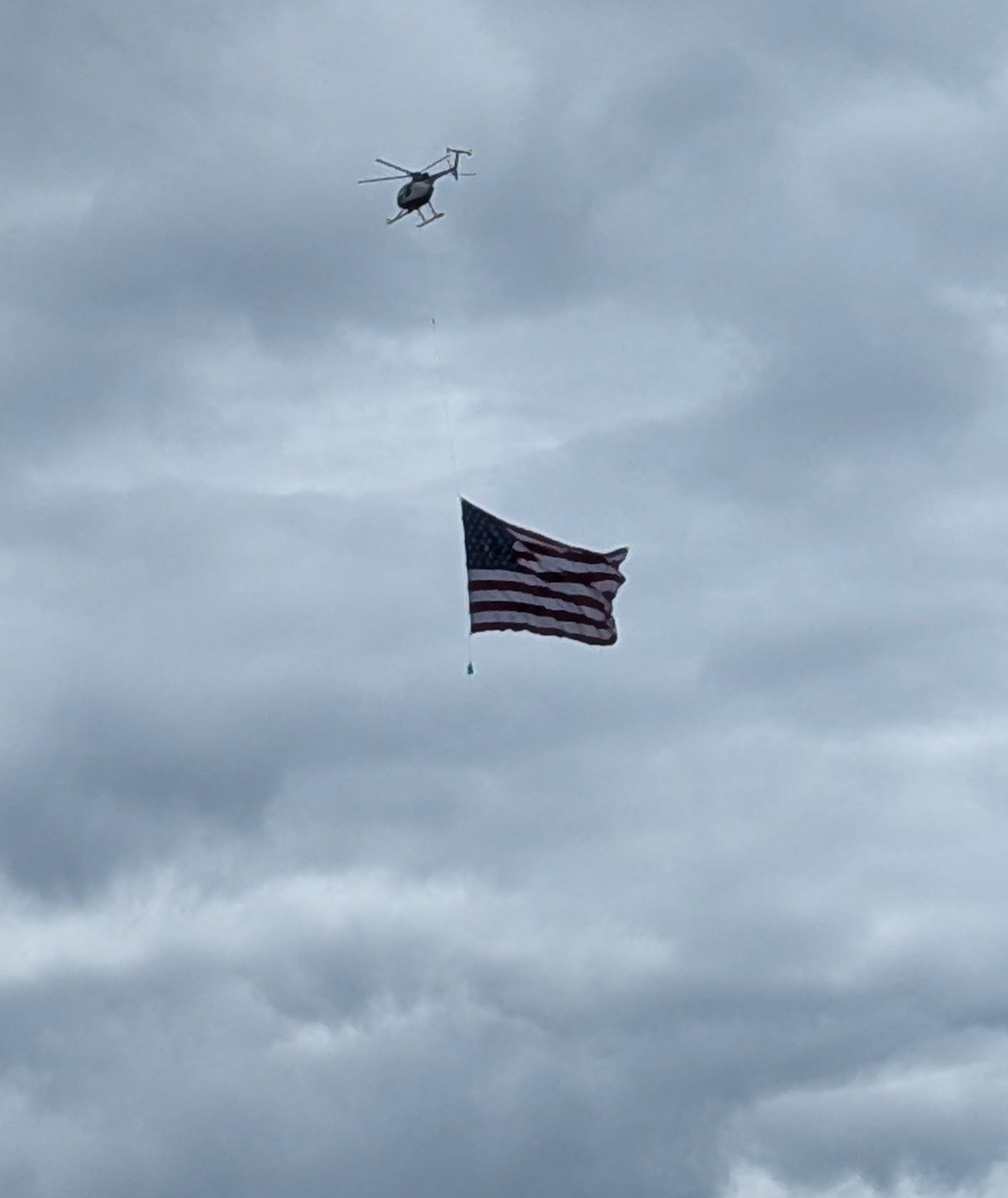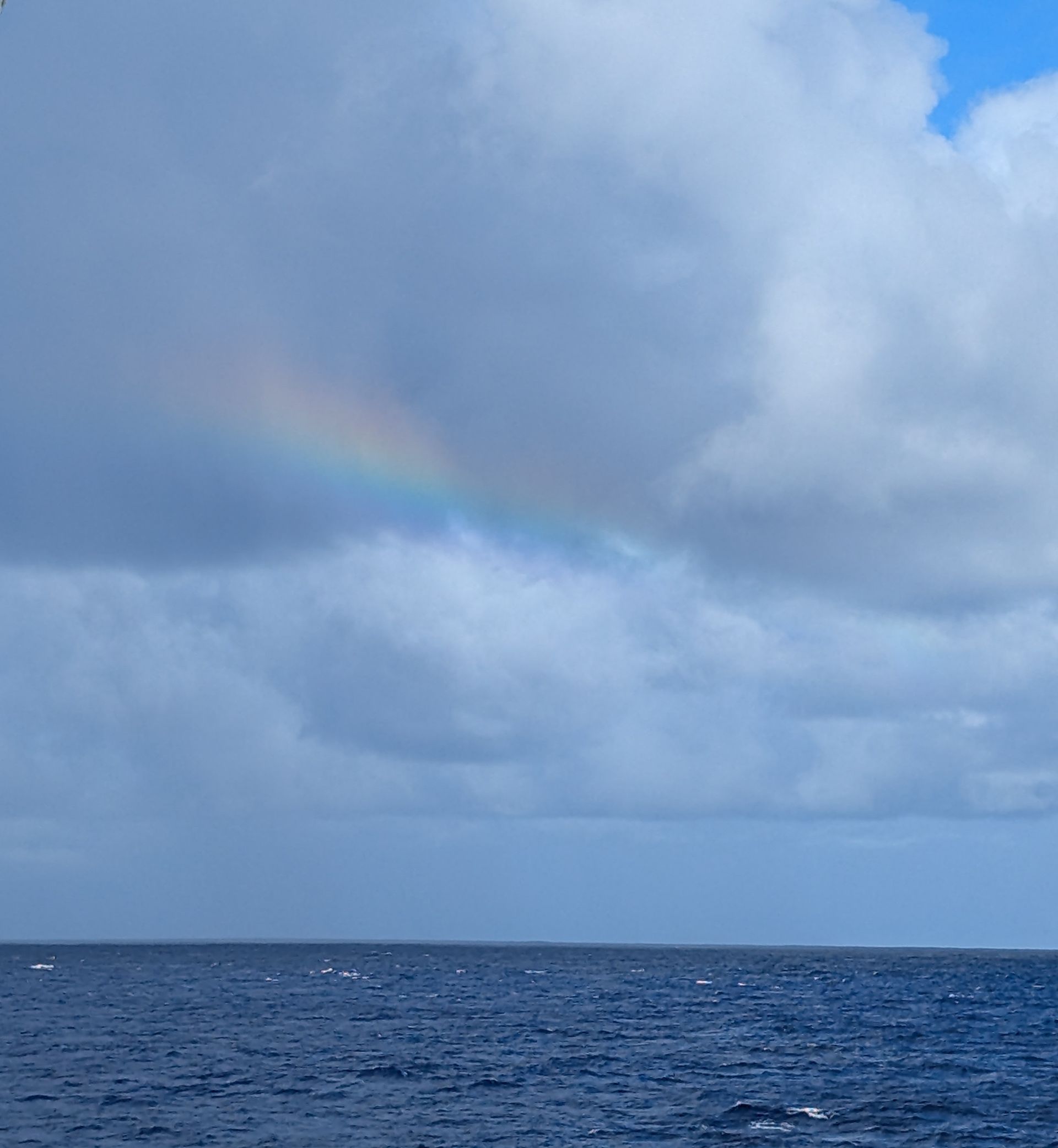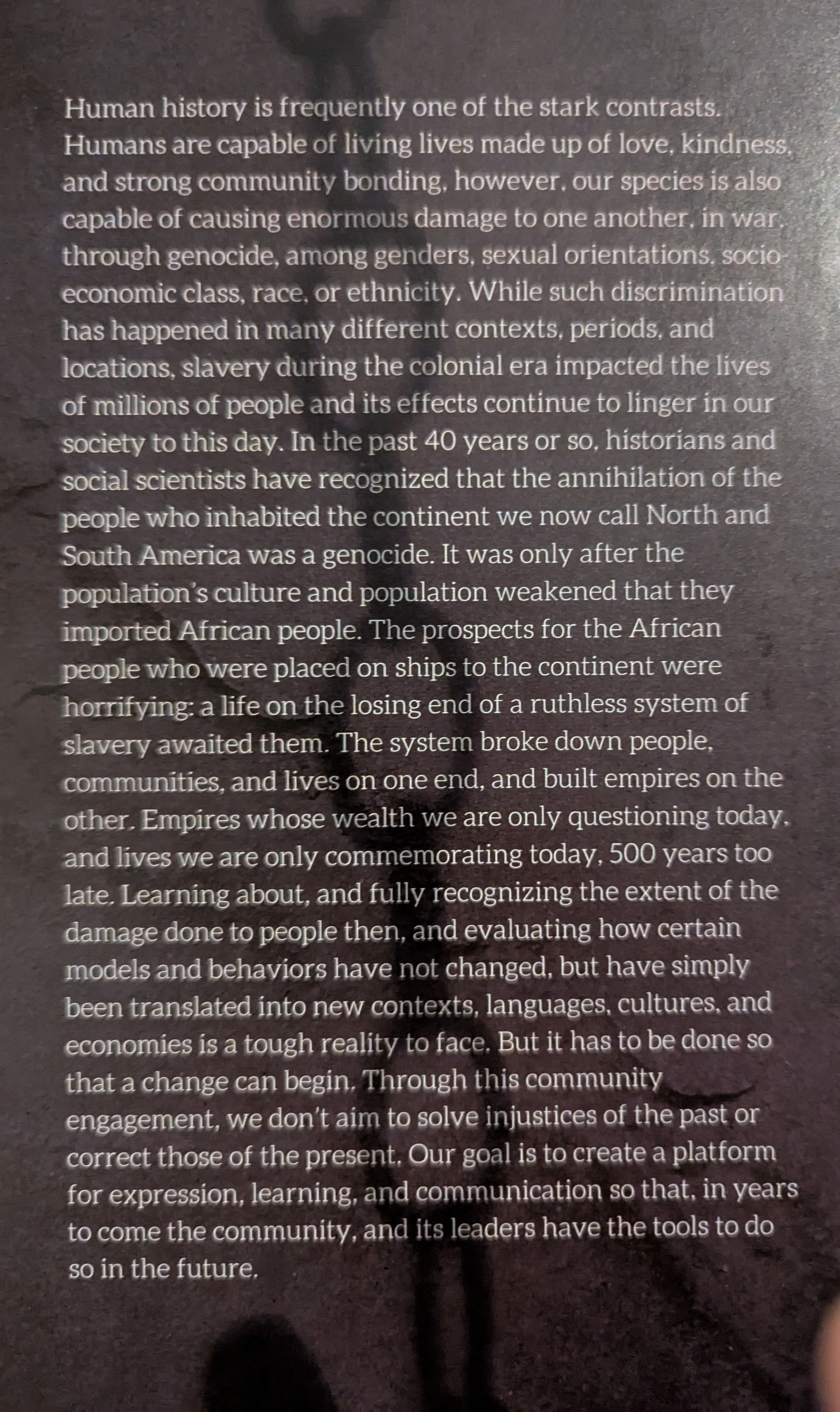Chapter 7: Cruising Around the World Part 1
Hawaii, 6/1/25.
Part 1
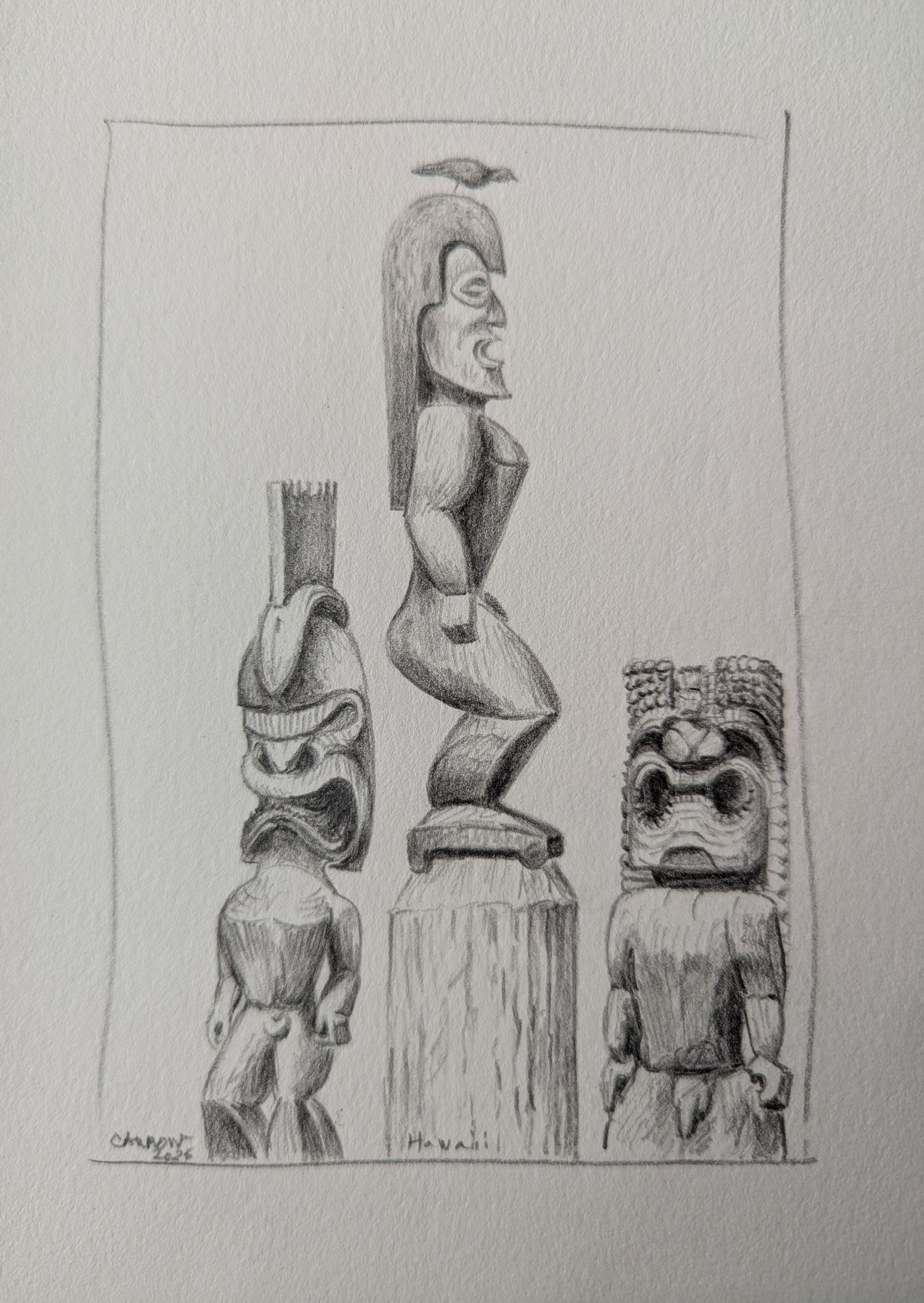
The Hawaiian Islands cannot be separated from the legends and beliefs of the original people who came to the islands from Polynesia, around 1,600 years ago. Even in the tourist areas, you feel the insistence that these not be forgotten. The descendants of the native Hawaiians are a tough and resilient people who, like the descendants of the Seminole Indian tribes in Florida or other survivors of genocide or religious and economic oppression, they not only survive but thrive.
Their legends are not just stories. They are a deep understanding of our place in Nature. They have survived more than a thousand years because they give comfort and understanding but also warnings. They even resisted the pressures of other cultures and religions. They simmer beneath the surface of church ritual and modern government.
Why? Because they speak about perspective, and reality.
Peli, goddess of volcanoes, is more powerful than you are, get out of her way; Mamala (shark woman) is a shape shifter or “kapua”, you must always be alert to the unpredictable ways of the sea. Papa (the female goddess) rescues her male consort, Wakea, because she is intuitive and can vanish them both into a breadfruit tree. Don't underestimate the powers of women. Puniaki, son in law of chief Kou, has a magic fishing hook. He can fill a canoe with fish anytime he wants. The fish actually jumped into his canoe! No normal fisherman has a magic hook. Keep your expectations reasonable, you will be happier that way.
Underlying these and other legends is the thread of respect for Nature.
The native Hawaiians came to the conclusion that whatever they did to encourage the health of the natural environment was beneficial to them and their survival.
“E ola no mai ka uka a ke Kai!”
Let there be life from the uplands to the sea!
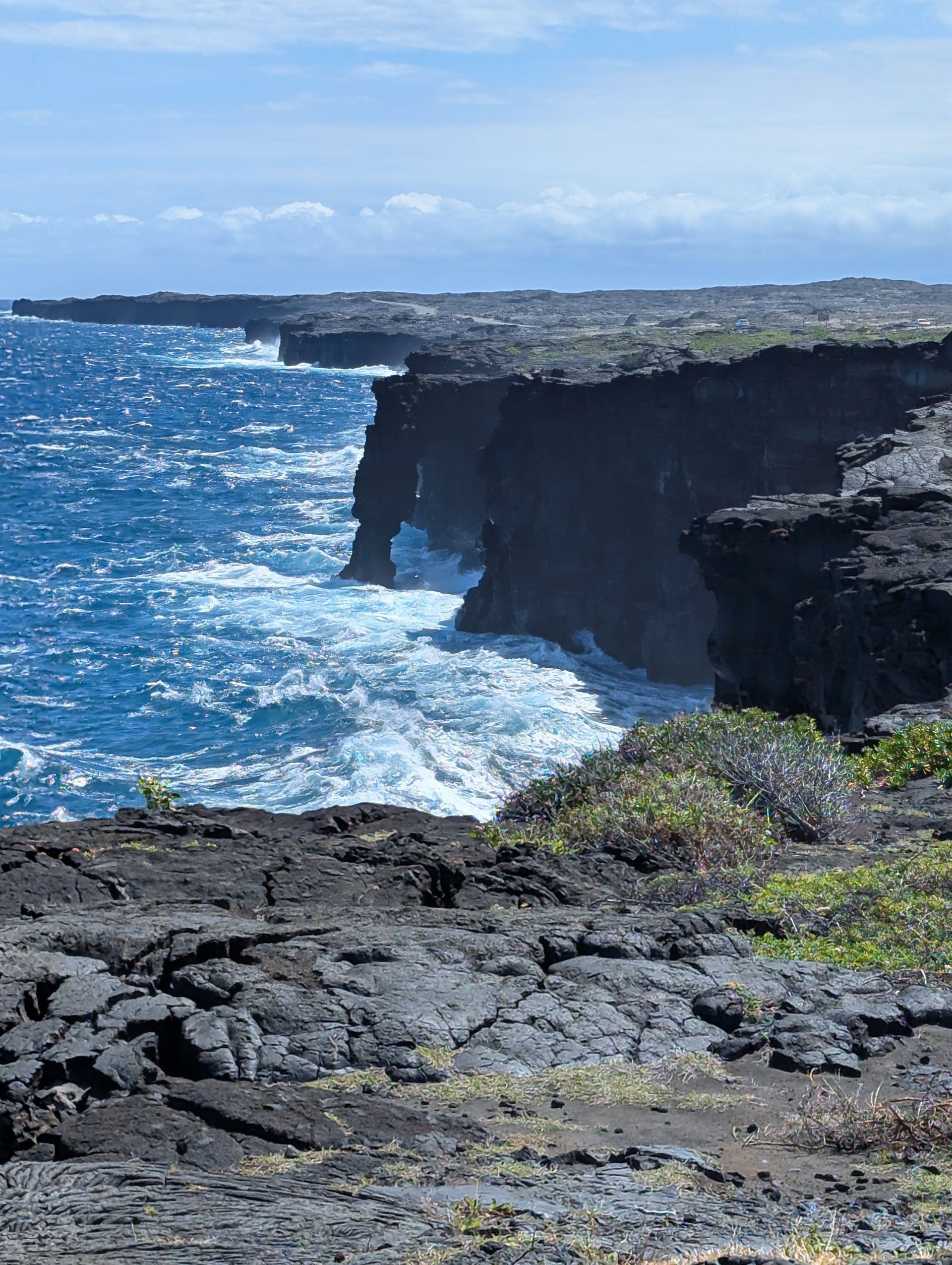
They developed sophisticated ways of apportioning, utilizing and caring for natural resources. The islands were divided into “moku”(districts) and again into “ahupua’a”, (areas that ran from the mountains to the ocean.) Each ahupua’a had many of the resources needed to sustain a community; fresh water, fishing, fertile land and materials for making shelter. This partitioning organized the way people lived, worked and shared resources. The “pono”,(well-being of the people), was the foremost concern of the chief.
Honolulu Harbor was once a complex ecosystem that sustained huge native populations, (daily gathering was done for edible creatures and plants in the shallows, fish were abundant near the shores) since the 1800’s these places have been destroyed with dredging and filling. Natural wealth steadily declined as other kinds of wealth increased through commerce. The market/profit cycle became dominant and its good side and dark side that we live with began developing.

What is Hawaii today? What has Hawaii become? We take a walk to a Walmart for supplies.Turns out it is several miles from the port. Lots of opportunity to observe. It is immediately clear that native Hawaiians have not been eliminated from the Islands. And the Hawaiian language is very much alive. Everywhere you go you hear it spoken. The remarkable variety of nationalities on the islands is a modern testimony to humanity's ability to get along. Japanese, Korean, Spanish, African, European, (just to name a few), form a huge “melting pot”.
But there is something wrong, something not balanced.
Hawaii is the most expensive state in the US to live, and has the most unequal economy. The evidence of this is everywhere. Homeless people of all ages, men and women finding shelter in doorways of abandoned buildings and makeshift tents of plastic and blankets. A fine mist has begun and it becomes rain as we walk. The unsheltered try to keep their belongings dry, under tarps or in covered shopping carts, which they stand next to, miserably. An old woman who has made a tent with plastic over an umbrella and blankets for the floor, also covered with plastic, frantically she wipes water away with her hands from her sleeping enclosure. She wanders distressed around her nest, unable to keep the rain from soaking her belongings. We passed several dozen people living rough in Oahu in the two mile walk to Walmart. These were the most vulnerable and least able to find better shelter. They were just the tip of a much larger ‘iceberg’ of homeless people in Hawaii as we found when we visited the other islands.
